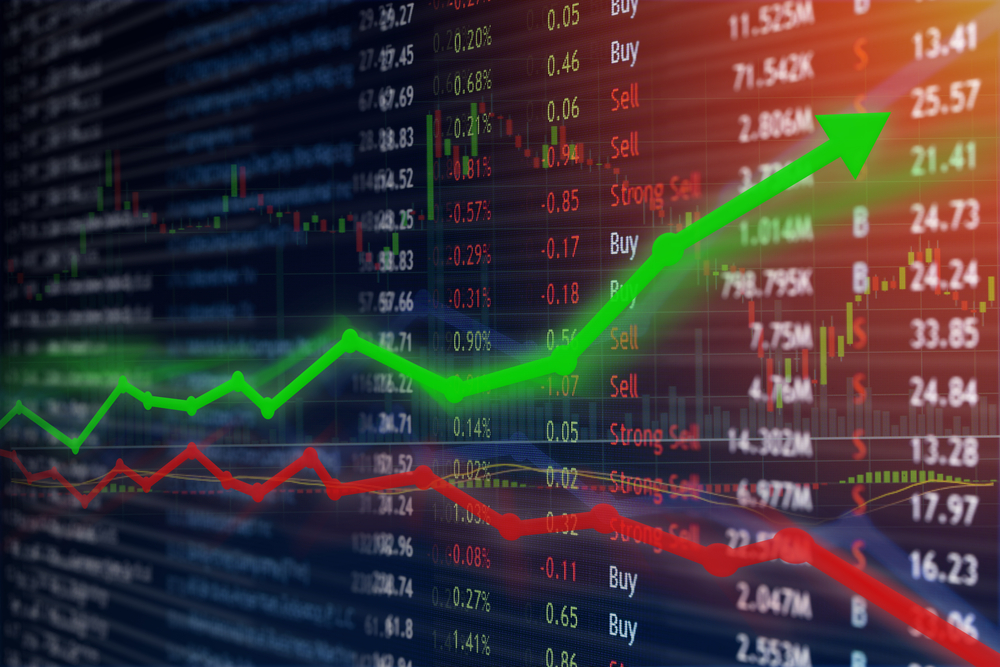
Global supply chains have been tremendously impacted by the COVID-19 pandemic, as national lockdowns, factory closures and trade disruption have combined to create havoc for consumers and businesses alike.
Today’s economy is global and no more so than in supply chains. 80% of global trade now takes place in so-called “value chains” according to the UNCTAD. Organisations manufacture and build products from numerous countries, a process that has delivered affordable products to an ever-growing consumer base.
Yet, it is this global “value chain” that has left many organisations vulnerable to potential supply chain disruptions in the past and COVID-19 is the latest of these disruptors.
Outbreak in Wuhan
As the initial outbreak of COVID-19 spread from Wuhan across China, forcing the Chinese economy into a lockdown, the ripple effects across the global economy were severe. The shock was not much of a surprise when you consider that more than 200 of the Fortune Global 500 companies have a presence directly in Wuhan, according to a Deloitte report.
Likewise, a Dun & Bradstreet study estimates that 163 of the Fortune 1000 have Tier 1 suppliers (those with whom they do direct business with) in the impacted areas and 938 have one or more Tier 2 suppliers (that support Tier 1) in Wuhan.
What the pandemic has revealed is that there is an increasing over-dependence among corporates towards long-distance and complex global supply chains that may deliver cheap products but carry a big risk.
Apple, for instance, works with suppliers in 43 countries to make its products and employs over 10,000 direct employees in China, with nearly all its iPhone products made in China.
While it is not the same comparatively, many supply chain experts say that the pandemic may be a wake-up call for many organisations in the same way that the 2011 Tohoku earthquake in Japan was for car manufacturers. The fallout from the earthquake highlighted the over-dependence that many leading car manufacturers had basing all their car manufacturing plants in Japan.
A potential legacy of the pandemic may be that organisations seek to use regional suppliers as an effective risk mitigation tool to protect their organisation against any severe business interruption.
Likewise, another legacy from the pandemic will be the seemingly inexorable rise of China. China is the world’s largest producer of goods and parts, which is reflected in a 13% share of all global exports according to OCED and World Bank data. In the coming years, organisations will have to grapple with how to deal with an increasing dependence on China for both consumption and manufacturing needs.
Click and Deliver
As the pandemic spread across the globe, many Western economies were forced to impose national lockdown in order to contain the virus. Consequently, all our working and social lives moved to online channels.
With many shops closed, online shopping experienced a huge surge as consumers flocked to online platforms such as Amazon to buy products. According to The Guardian, shoppers on Amazon were spending £9,000 a second during lockdown.
Meanwhile, the British high street suffered a huge decline, accelerated an ongoing demise that was starting pre-COVID, with many well-known brands such as HMV, WH Smith and Marks & Spencer all suffering huge profit losses.
Despite the initial slump experienced by many companies, some of the world’s best-known brands such as Procter & Gamble experienced their best strong quarter results in years. P&G produces brands such as Tide that have become part of what retail experts call a “pantry inventory” of items such as hand sanitiser, detergent and toilet paper, that homes are keeping stocked up in case of another lockdown.
The rise in this type of buying and a reduction in non-essential purchases will be a legacy of the pandemic, argues Jon Moeller, P&G Chief Financial Officer. “It’s hard for us to see in our interactions with consumers that we’re going to snap back and revert to the same attitudes and the same behaviour that we had collectively pre-COVID”.
A legacy that will extend well beyond COVID-19 will be the widespread adoption of technology ranging from contactless payment to Zoom teleconferencing. Many experts say that habits in technology are “sticky”, meaning that once they are embedded in our everyday lives, they are hard to remove.